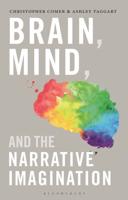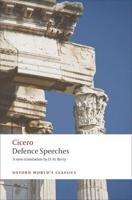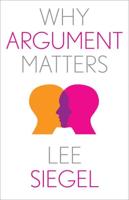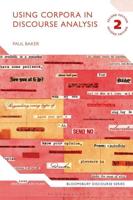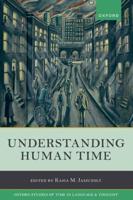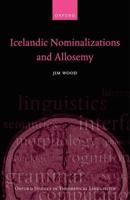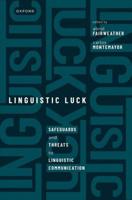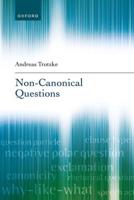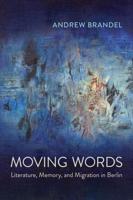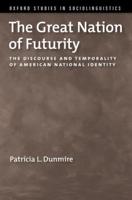Publisher's Synopsis
Reports on crime in newspapers do not provide a neutral representation of criminals and their offences but instead construct them in accordance with societal discourse surrounding this issue. This book takes an interdisciplinary approach at the intersection of Linguistics, Criminology, and Media Studies and demonstrates how Linguistics can contribute to the study of crime in the media. By combining the tools offered by Corpus Linguistics and Critical Stylistics (a text-based framework for Critical Discourse Analysis), evidence is provided for predominant perceptions of crime and their underlying ideologies in both British and German society. This study names and illustrates the most significant linguistic devices used to construct offenders, victims, and crimes in two newspaper corpora compiled from the German and British press. These devices are then linked to criminological frameworks.


